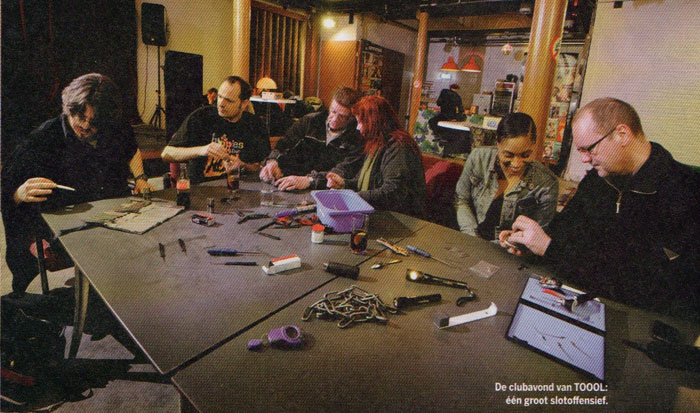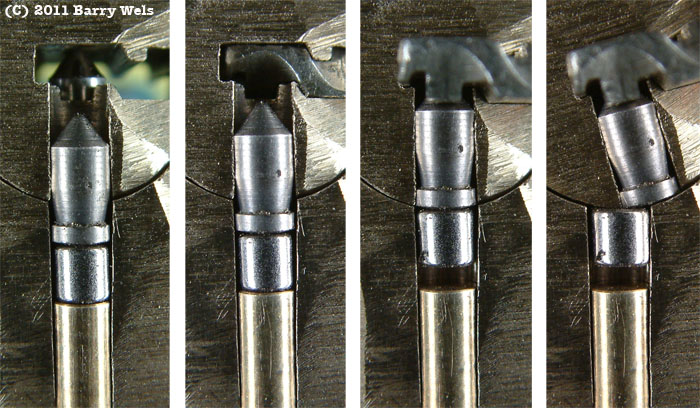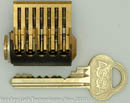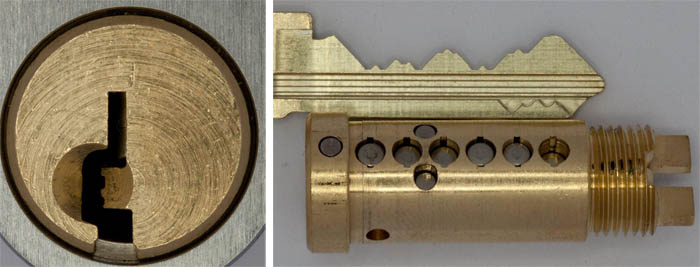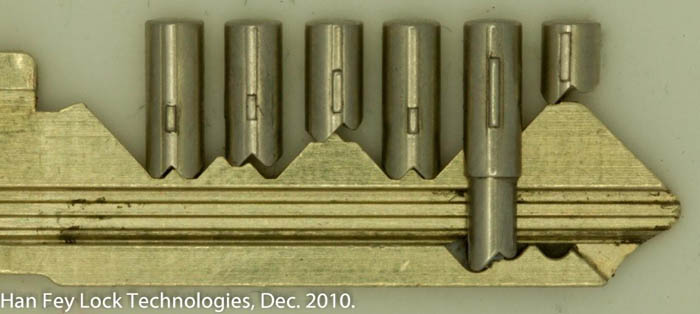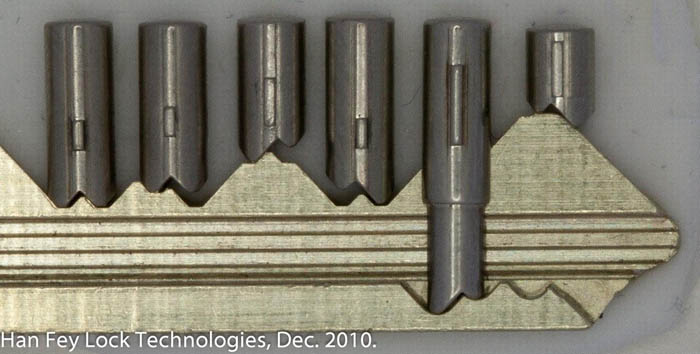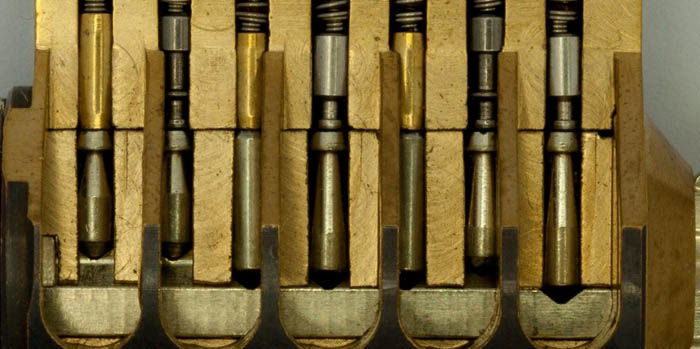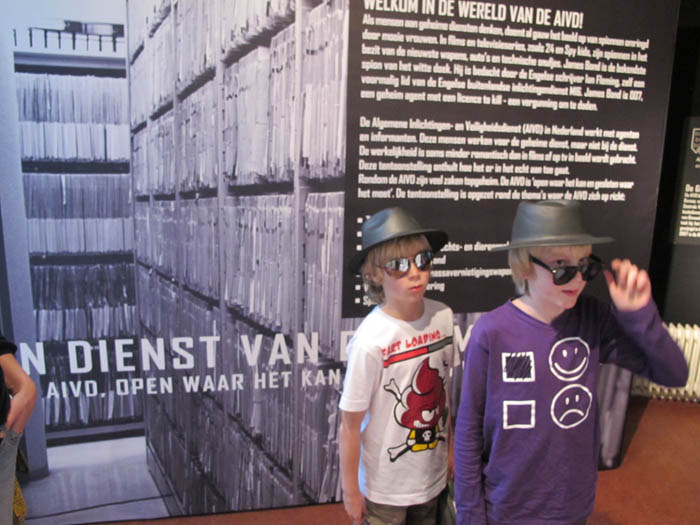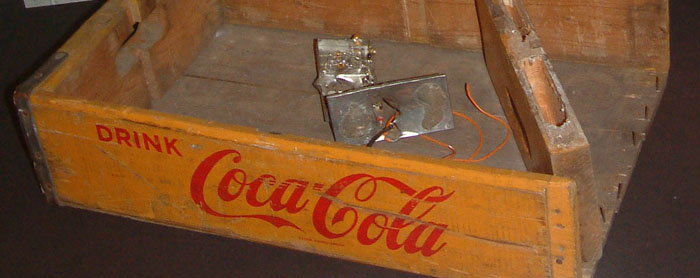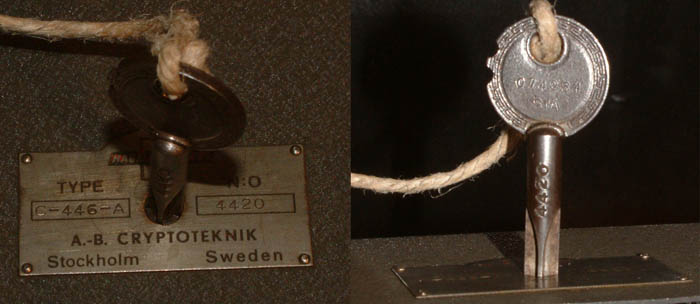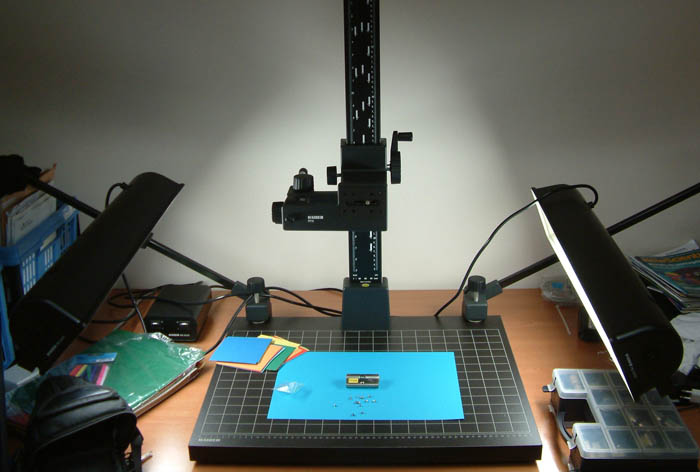Han and I get more and more work as expert witnesses in court cases and in lock-forensics these days. It is one of the reasons we invest a lot in Macro Photography.
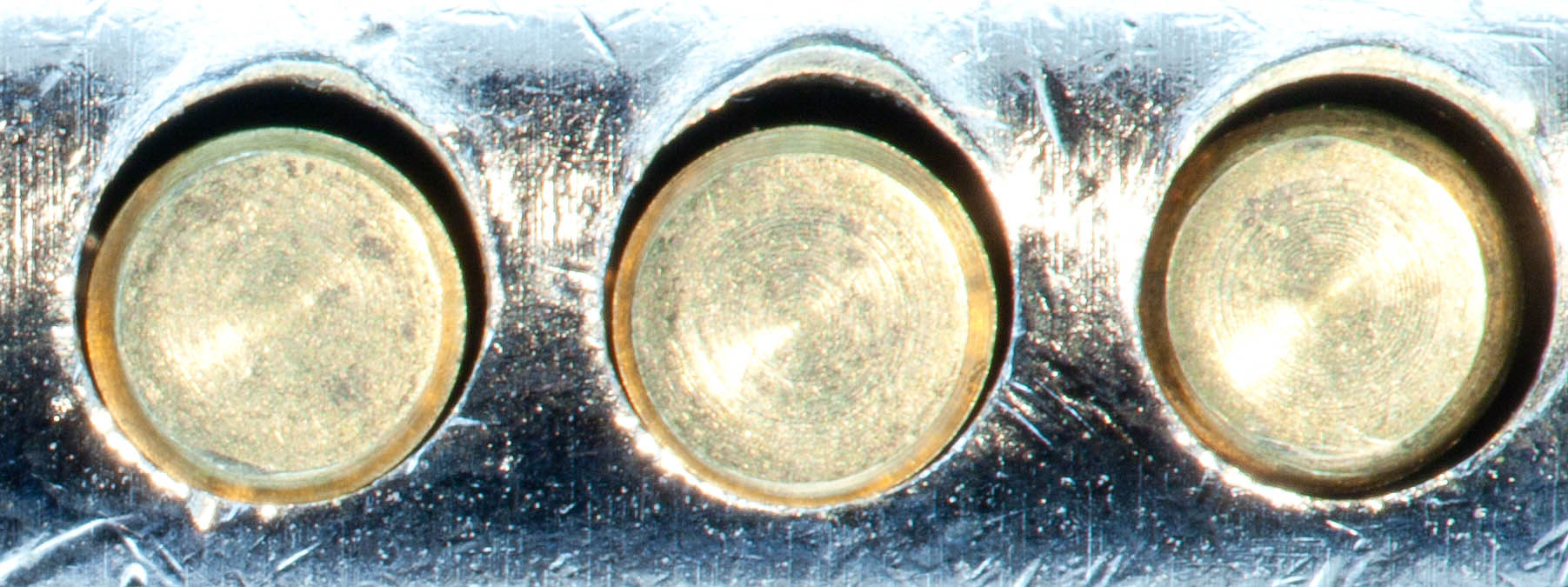
It seems more criminals are using clever opening techniques to break into places, and in the Netherlands not many people have the expertise to be able to show what happened. News about this kind of ‘burglaries without a trace’ cases even make it to the front page of Dutch newspapers.
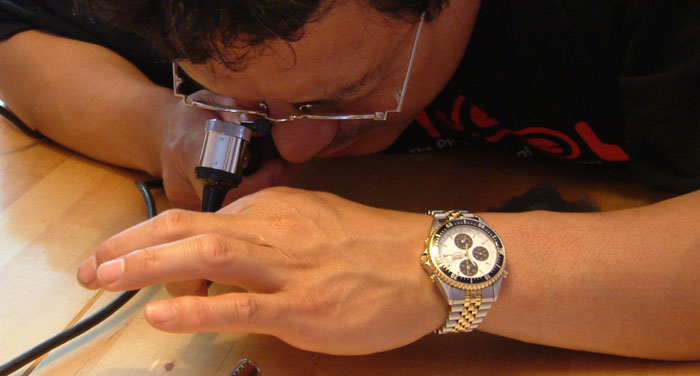
The article was about the ‘Twente case’. Dutch Police in Twente (.NL) arrested a twenty-five year old male on November 4th. A witness gave the police a description of a person who most likely broke a window at a shop at the Heutinkstraat in Enschede. Police noticed a person on a bicycle who matched the description, but the man tried to escape when they approached him. After a short chase the man was arrested, and the first official report (mirror) about this incident mentioned the man possessed ‘burglary tools’.
A later report (mirror) stated the man was taken into custody and his house was searched. At his house a lot of stolen goods were discovered, as well as a ‘large amount of cash’. Police soon discovered the man used manual lockpicking to break into houses. His territory was a range of houses of elderly people at the Marthastraat and C.F. Klaarstraat in Enschede. So far he confessed thirteen burglaries committed over an 18 months period. He mostly went out at night and used a lockpick set to gain entry. As police stated, the man ‘worked very clean’, and in some of the cases the owners of the house never even realized they had been burglarized! He managed to take away expensive goods, silver and cash without leaving a trace. To make things worse, he even used the burglarized houses for mail order fraud. He successfully mail ordered gold and expensive goods without the owners of the houses knowing.
According to police spokeswoman Chantal Westerhoff, the burglar had ‘very sensitive fingers’. She said “Lockpicking is a special trade, and not a lot of people can do what this guy did”.
After his confession, and showing lots of remorse, the man was released from custody. He will soon have to account for his behavior in court. I hope I can find out what day the court case is, and I will try to follow up on the story. Any information on the case is welcome, so feel free to mail me if you know more about it.
* Note December 2: I received additional information about the case. The trial will be held in February 2011 (no date set yet). And it is going to generate a lot of media attention as there are some very interesting angles to the story.

